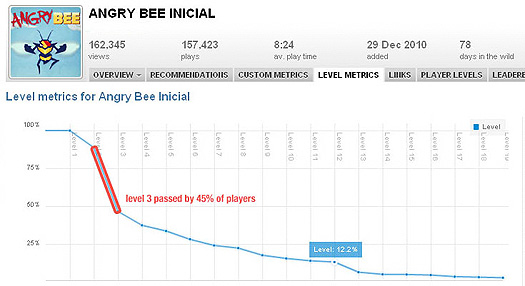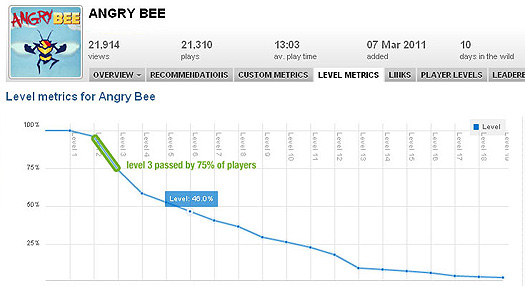Game review. Every day the same dream
Finishing our current project Apocalypse Dunk is taking a bit longer than we expected. We are still working hard polishing it and improving its gameplay.
In Ravalmatic, at the office, we love to analyze and review the games that for some reason we find interesting. I would like to talk about Apocalypse Dunk but since is not ready I’ll have to wait.
This week we discovered a brilliant little game that impressed us much.
Alarm buzzes!! Wake up, get dressed, kiss your wife, fight traffic, and go to work. Day in, day out, it’s always the same and nothing you can ever do will change that. Or will it?
Made in 2009 by Paolo Pedercini of Molleindustria, Every day the same dream is a game with a simple gameplay. The player just needs the left and right arrow keys for movement, and the space bar to interact with people and items when their name pops up at the bottom of the screen.
There is not a tutorial or any guiding on how to play. On other game that would account as a weakness and provoque players to quit. However, this lack of instructions is exactly what makes this game so appealing. The player himself needs to find out how to break the vicious circle.
The protagonist has no face, no personality, and yet there’s something about his situation that makes him instantly identifiable, someone to feel sympathy for. I almost felt a sense of desperation the longer I played as I tried to find something, anything, that would change his life for the better… or even at all.
Maybe if you play this original game and have the capacity to think out of the box you will discover its denouement. That can make your day unique too…



